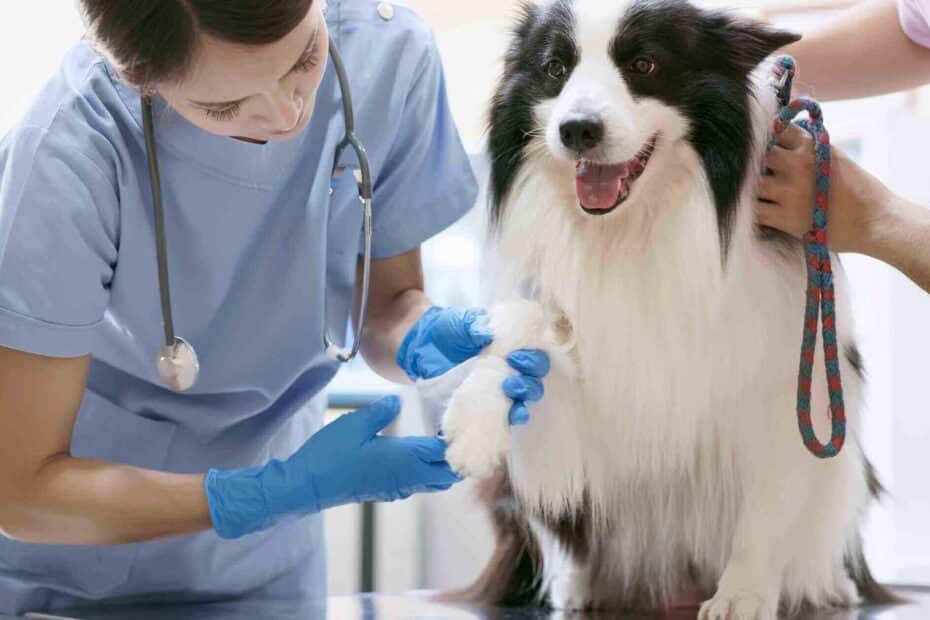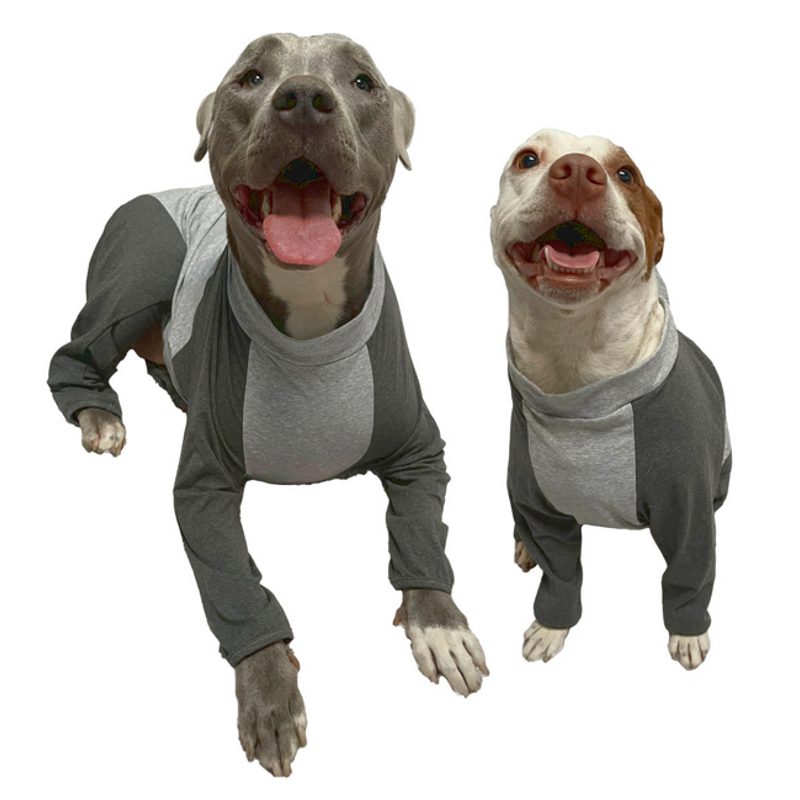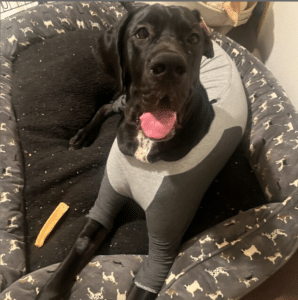Introduction
Dogs love to play hard. But sometimes, they can hurt their back legs during all that fun. This hurt is often in the knee and is called an ACL injury in dogs. It makes it hard for them to walk and jump like they used to.
Why Do Dogs Get ACL Injuries?
The ACL in a dog’s knee can get hurt for many reasons. Sometimes, dogs are born with weak knees, which can lead to injuries. Being too heavy, not getting enough exercise, or just getting older can also hurt their ACL.
Fixing Your Dog’s ACL Injury
The best way to help a dog with an ACL injury is often surgery. Vets, who are like doctors for pets, can do different kinds of surgeries to fix the knee. This helps your dog walk and play again.
Spotting an ACL Injury: What to Look For
- Trouble jumping or climbing
- Problems getting up
- Walking with a limp
- Stiff legs
- Swollen knees
- Muscles in the leg getting smaller
- Not wanting to move much
- A popping noise from the knee
Main Causes of ACL Injuries in Dogs
- Some dogs are born more likely to get these injuries.
- Dogs that are overweight put too much pressure on their knees.
- Older dogs can get weak knees.
- Some big dog breeds get these injuries more than others.
How to Fix a Dog’s ACL Injury
Vets will look at your dog and decide the best way to fix the injury. Sometimes they pick surgery, and other times they might try something else first.
Kinds of Surgery for Dog ACL Injuries
- Lateral Suture Technique This is a common way to fix the knee with a special thread. It helps small dogs the most.
- Tibial Tuberosity Advancement (TTA): This surgery is for bigger dogs. The vet moves a piece of the bone to make the knee stable again.
- Tibial Plateau Leveling Osteotomy (TPLO):** This is a big surgery for big dogs. The vet changes the shape of the knee, so it can work without the hurt ACL.
When Surgery Isn’t Needed
- If the ACL is not totally broken, there are ways to help without surgery:
- Knee braces to help the leg heal
- Keeping your dog calm and quiet
- Medicine to take away pain
- Helping your dog lose weight
- Special exercises to make the leg stronger
Recovery from Dog ACL Surgery: What to Expect
After surgery, your dog will need time to heal. This can take a few weeks to a few months. Your vet will tell you how to care for your dog at home and when they can start playing again.
Taking Care of Your Dog After Surgery
Here’s what you should do after your dog’s surgery:
- Keep an eye on the surgery spot for any redness or swelling.
- Give your dog the medicine the vet gives you.
- Help your dog with gentle leg exercises.
- Go back to the vet for check-ups to make sure your dog is healing well.
How Much Will ACL Surgery Cost?
The price of ACL surgery for dogs can change. It depends on the kind of surgery your dog gets and where you live. You might also need to pay for X-rays, staying at the hospital, and medicine.
Keeping Your Dog’s Knees Healthy
To stop ACL injuries from happening, you can:
- Make sure your dog has a comfy place to rest without having to jump too high.
- Keep your dog’s weight in check.
- Give your dog good food and maybe some special joint treats.
- Don’t let your dog jump too much.
- Get your dog to exercise the right amount.
Need More Help?
If you see your dog limping or having a hard time with their legs, talk to your vet. They can tell you if your dog needs surgery or something else to feel better. And if your dog has surgery, think about getting a soft ACL Surgery Recovery Suit from Big Dogs’ Closet to keep them comfy and safe.
Here is one of our Customer Testimonials: Finding Comfort After Surgery
After a dog undergoes ACL surgery, it’s crucial to ensure they are comfortable during the recovery process. One of the ways to do this is by using a specially designed ACL Surgery Recovery Suit. Here’s what one of our customers, Kaitlin, had to say about the Recovery Suit Grey for her Great Dane:
I would highly recommend this for all my large and XL dog breed owners! My Great Dane had to go through spay and gastropexy, which left her with a very big incision site. I needed something better than a cone because, for her size, the cone was too long and she’s pretty clumsy. I first tried an inflatable collar, but she could still reach her belly. Her vet suggested a surgery suit, and that’s when my search began. There weren’t many options out there for a dog as big as mine, and I needed something that would cover the site but still let her go to the bathroom without help. That’s when I found this perfect surgery suit, which the creator even adjusted to fit my needs. It was such a relief, especially since she drools a lot, and the cone was giving her a rash. This suit is the best and so worth it! <3″ – Kaitlin
Kaitlin’s experience highlights the importance of finding the right post-surgery solution for our furry friends. A comfortable recovery suit can be a great alternative to the traditional cone, protecting the surgery area without sacrificing comfort or convenience.
Read more great testimonials here


